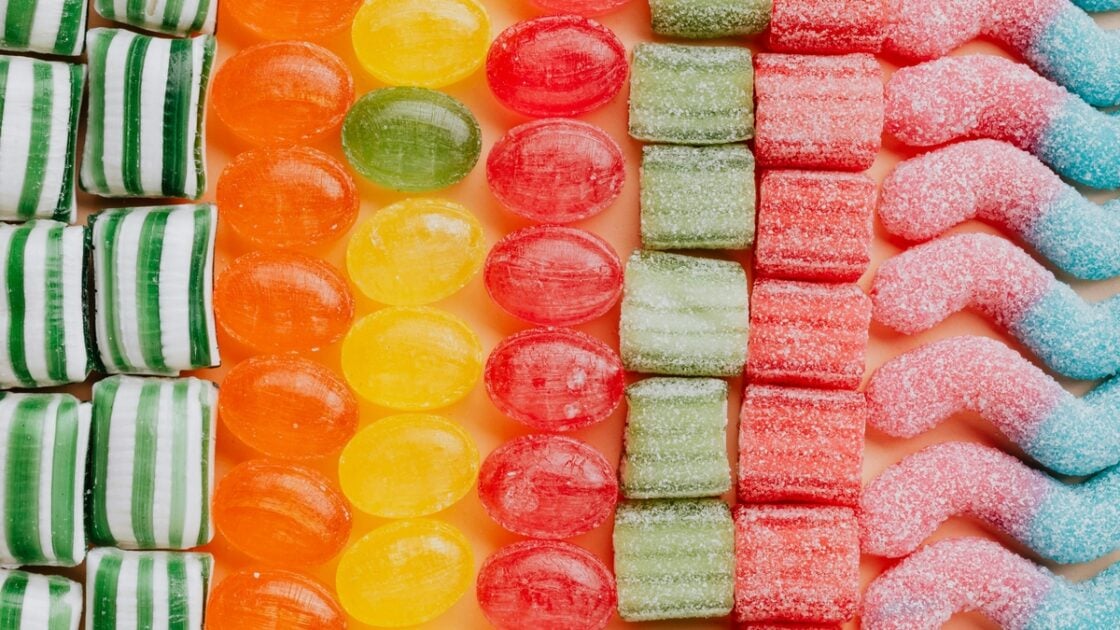
Health Secretary Robert F. Kennedy Jr. announced Tuesday that he had come to “an understanding” with major food manufacturers to remove six petroleum-based food colorings from the American food system by 2026. The announcement falls short of the outright ban some media outlets expected, with Kennedy instead asking the food industry to voluntarily swap out the synthetic dyes with natural food dye alternatives already common in Europe and Canada.
“Let’s start in a friendly way and see if we can do this without any statutory or regulatory changes,” FDA Commissioner Marty Makary told reporters at an event to announce the plan. “But we are exploring every tool in the toolbox to make sure this gets done very quickly.”
Which Synthetic Food Dyes Are We Talking About?
Earlier this year, the FDA banned Red 3 dye, more than three decades after scientists first discovered the link between this common food dye and cancer in animals. After the FDA previously declined to ban several controversial food dyes, this was a big step in the right direction. But despite this progress, there are still several other harmful synthetic food dyes still in use today.
The dyes Kennedy hopes to eradicate include Red 40 dye, which some research has linked to migraines, allergies1, and behavioral issues in children2, and Yellow 6 dye, which is potentially contaminated with carcinogens3.

The FDA will also begin targeting other dyes like Citrus Red 2, a known carcinogen used to color orange peels4, and Orange B, which is used to color hot dog casings and may also be carcinogenic5.
The Industry Reaction
Thus far, the department has not presented a clear regulatory path to enforce these changes, and no manufacturers have publicly agreed to Kennedy’s demands. While the International Dairy Foods Association has pledged to eliminate artificial food coloring from products sold in schools by the beginning of the 2026 school year, other industry groups have pushed back. The International Association of Color Manufacturers took issue especially with regards to Kennedy’s proposed timeline.
“Requiring reformulation by the end of 2026 ignores scientific evidence and underestimates the complexity of food production,” the association said in a statement after the announcement. “The process is neither simple nor immediate, and the resulting supply disruptions will limit access to familiar, affordable grocery items.”

State Legislation Could Be the Way Forward
Kennedy was joined at the news conference by Patrick Morrisey, governor of West Virginia, who recently signed state legislation banning seven food dyes and two preservatives: propylparaben, which has been linked to hormone disruption6, and butylated hydroxyanisole, which the National Toxicology Program writes is “reasonably anticipated to be a human carcinogen.”7
“Once states start banning unsafe ingredients, the food industry is not going to create food products for specific states. They’ll reformulate for the whole country, the way they’ve done in Europe.”
Jennifer Pomeranz, associate professor of public health policy and management at NYU
This legislation will go into effect in 2028. California has passed similar, narrower measures, and at least 20 states are currently considering similar legislation — but West Virginia’s is the first ban of this scope.
Jennifer Pomeranz, an associate professor of public health policy and management at New York University, says state measures like this one could have a beneficial impact nationwide to move away from artificial food dyes and toward natural food dyes. “Once states start banning unsafe ingredients, the food industry is not going to create food products for specific states,” she says. “They’ll reformulate for the whole country, the way they’ve done in Europe.”
Sources:
- https://journals.sagepub.com/doi/pdf/10.1177/014556131709600604
- https://academic.oup.com/nutritionreviews/article-abstract/71/5/268/2460188
- https://pubmed.ncbi.nlm.nih.gov/23026007/
- https://pubchem.ncbi.nlm.nih.gov/compound/Citrus-Red-2
- https://www.cspinet.org/sites/default/files/attachment/food-dyes-rainbow-of-risks.pdf
- https://link.springer.com/article/10.1007/s40572-020-00300-6
- https://www.ncbi.nlm.nih.gov/books/NBK590883/

